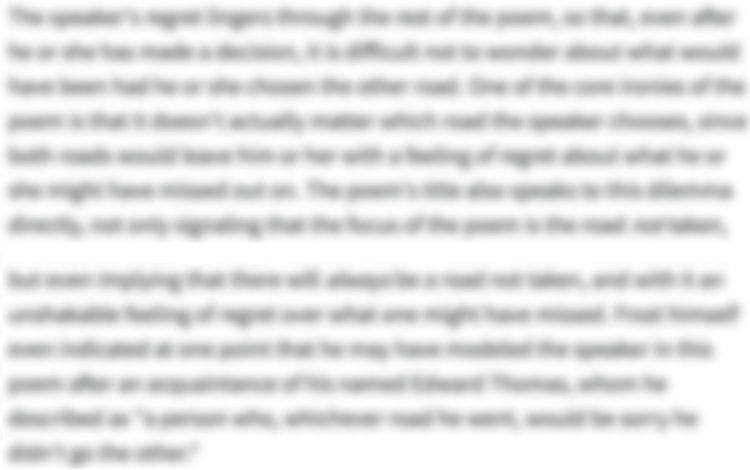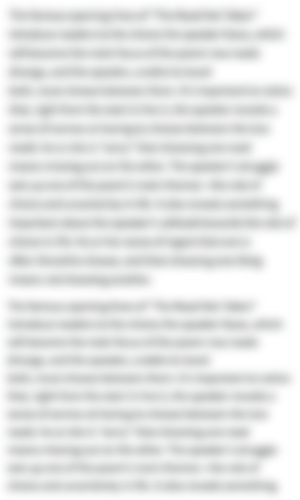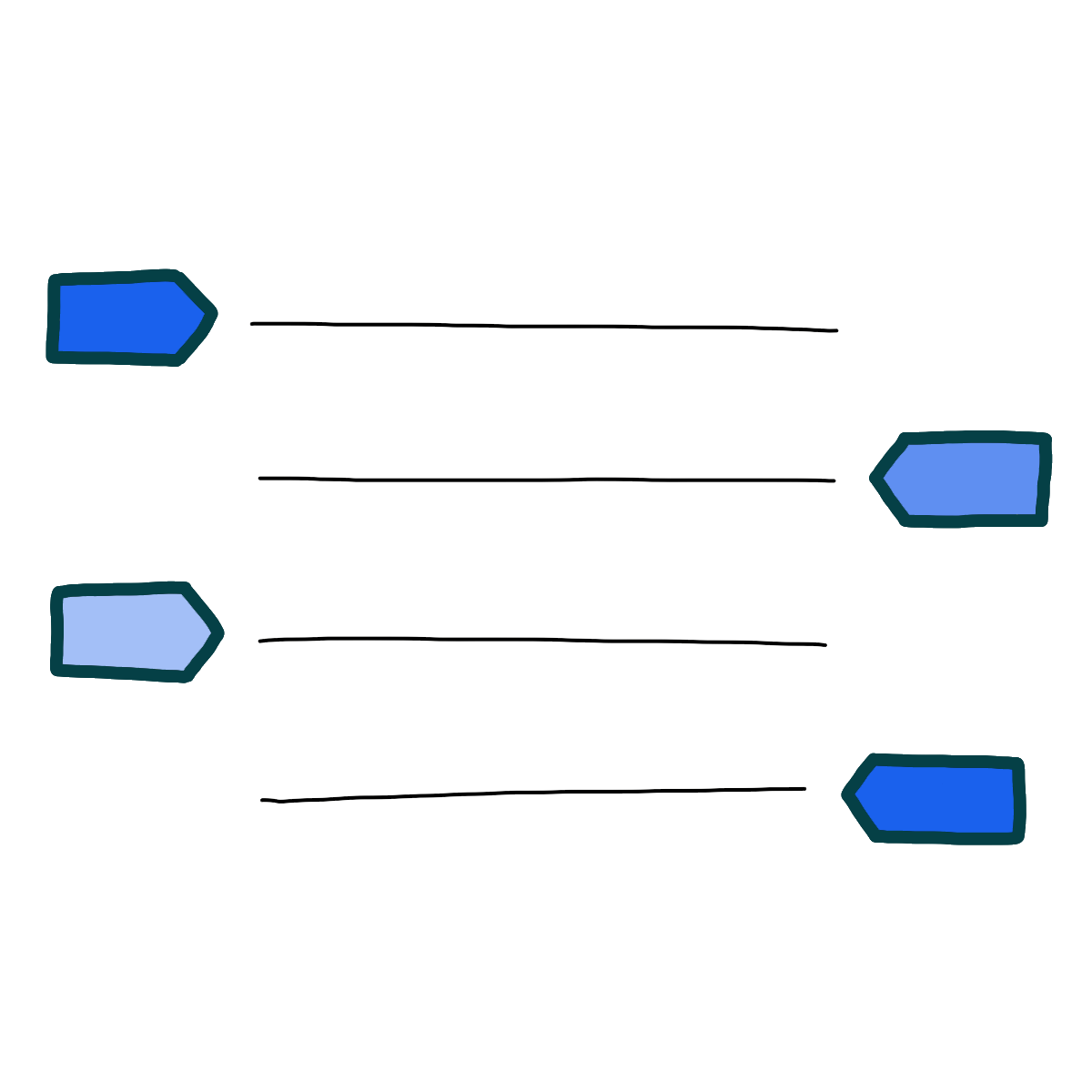-
“The Planners” Introduction
-
-
“The Planners” Summary
-
-
“The Planners” Themes
-
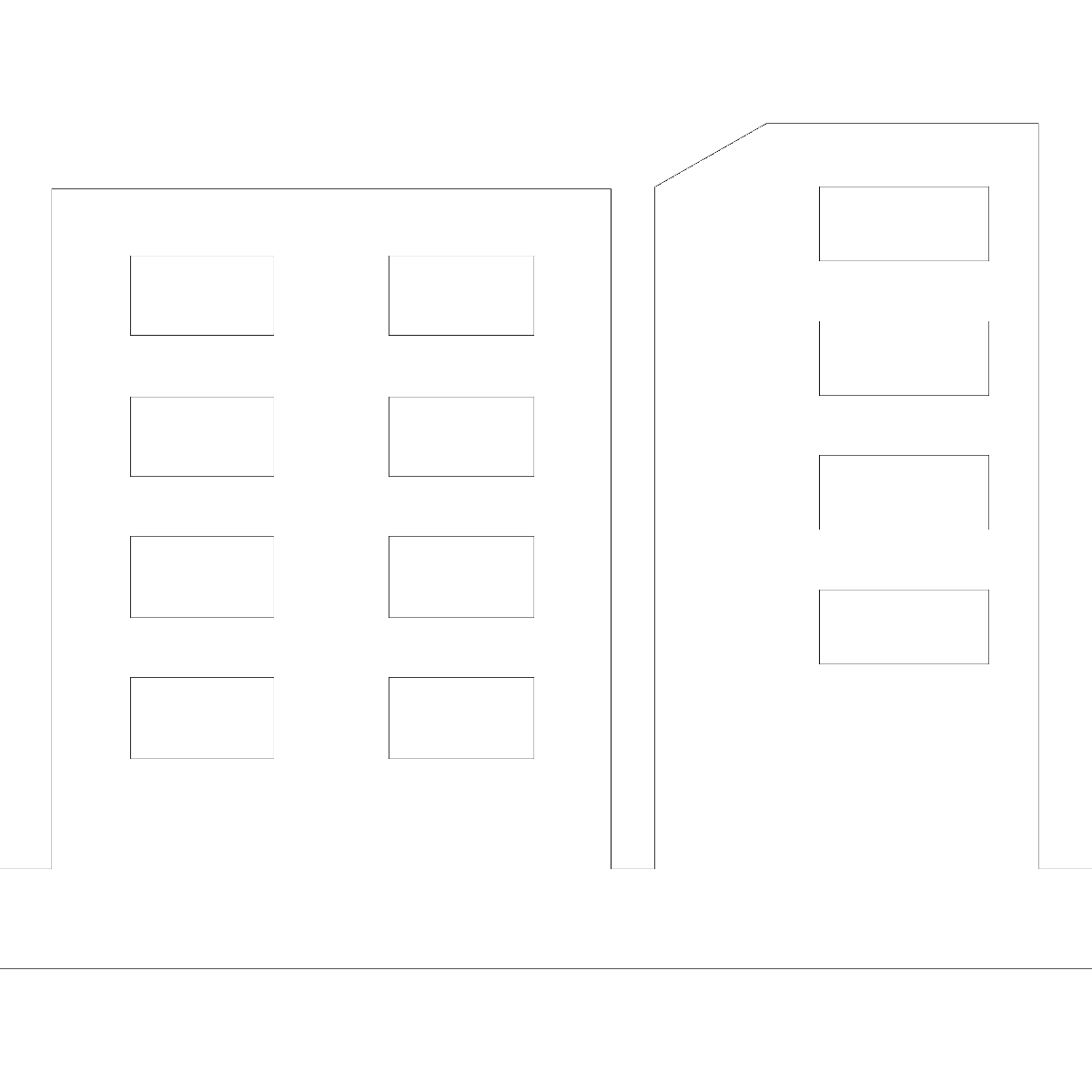
The Cost of Modernity
Where this theme appears in the poem:- Lines 1-27
-
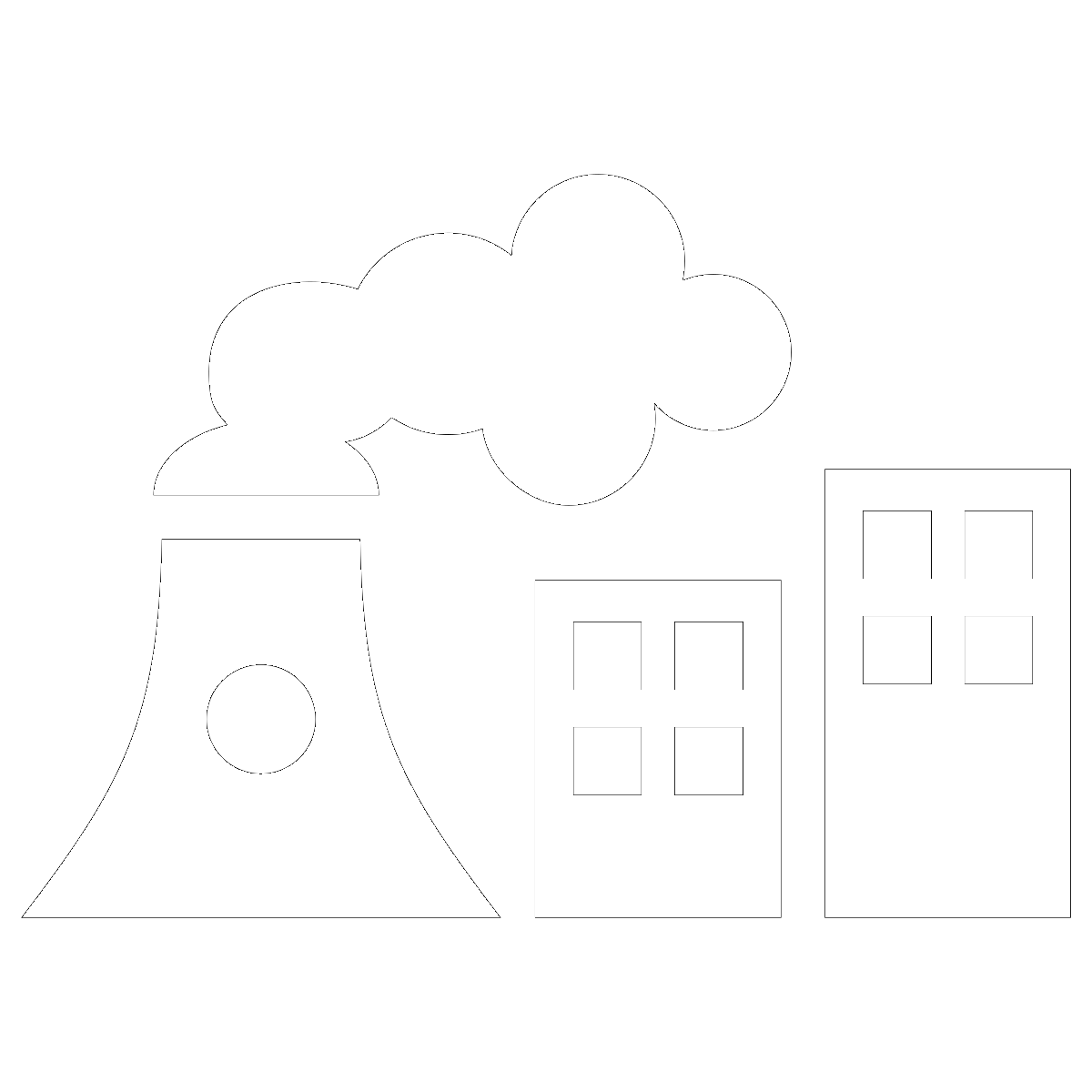
Human Progress vs. Nature
Where this theme appears in the poem:- Lines 7-9
- Lines 21-23
-
-
Line-by-Line Explanation & Analysis of “The Planners”
-
Lines 1-2
They plan. They ...
... permutations of possibilities. -
Lines 3-6
The buildings are ...
... grace of mathematics. -
Lines 7-9
They build and ...
... the skies surrender. -
Lines 10-14
They erase the ...
... with gleaming gold. -
Lines 15-17
The country wears ...
... Anaesthesia, amnesia, hypnosis. -
Lines 18-23
They have the ...
... of last century. -
Lines 24-27
But my heart ...
... our past’s tomorrow.
-
-
“The Planners” Symbols
-

Gold
Where this symbol appears in the poem:- Lines 13-14: “All gaps are plugged / with gleaming gold.”
-
-
“The Planners” Poetic Devices & Figurative Language
-
Anaphora
Where anaphora appears in the poem:- Line 1: “They,” “They”
- Line 7: “They”
- Line 10: “They”
- Line 18: “They have”
- Line 19: “They have”
- Line 21: “The”
- Line 22: “The”
-
Alliteration
Where alliteration appears in the poem:- Line 2: “permutations,” “possibilities”
- Line 8: “sea”
- Line 9: “skies,” “surrender”
- Line 12: “dental,” “dexterity”
- Line 13: “gaps”
- Line 14: “gleaming,” “gold”
- Line 17: “Anaesthesia,” “amnesia”
- Line 19: “hurt”
- Line 20: “history”
-
Asyndeton
Where asyndeton appears in the poem:- Lines 1-2: “All spaces are gridded, / filled with permutations of possibilities.”
- Lines 10-12: “They erase the flaws, / the blemishes of the past, knock off / useless blocks with dental dexterity.”
- Line 17: “Anaesthesia, amnesia, hypnosis.”
- Lines 19-20: “They have it all so it will not hurt, / so history is new again.”
-
Personification
Where personification appears in the poem:- Lines 8-9: “Even the sea draws back / and the skies surrender.”
- Lines 15-16: “The country wears perfect rows / of shining teeth.”
-
Metaphor
Where metaphor appears in the poem:- Line 9: “the skies surrender.”
- Lines 10-16: “They erase the flaws, / the blemishes of the past, knock off / useless blocks with dental dexterity. / All gaps are plugged / with gleaming gold. / The country wears perfect rows / of shining teeth.”
- Lines 24-27: “But my heart would not bleed / poetry. Not a single drop / to stain the blueprint / of our past’s tomorrow.”
-
Enjambment
Where enjambment appears in the poem:- Lines 3-4: “roads / which”
- Lines 4-5: “points / linked”
- Lines 5-6: “hang / in”
- Lines 8-9: “back / and”
- Lines 11-12: “off / useless”
- Lines 13-14: “plugged / with”
- Lines 15-16: “rows / of”
- Lines 22-23: “through / the”
- Lines 24-25: “bleed / poetry”
- Lines 25-26: “drop / to”
- Lines 26-27: “blueprint / of”
-
Caesura
Where caesura appears in the poem:- Line 1: “plan. They,” “build. All”
- Line 11: “past, knock”
- Line 17: “Anaesthesia, amnesia, hypnosis.”
- Line 25: “poetry. Not”
-
-
“The Planners” Vocabulary
Select any word below to get its definition in the context of the poem. The words are listed in the order in which they appear in the poem.
- Gridded
- Permutations
- Alignment
- Desired points
- Blemishes
- Dental dexterity
- Plugged
- Gleaming
- Amnesia
- Anaesthesia
- Hypnosis
- The means
- Piling
- Blueprint
Gridded-
(Location in poem: Line 1: “All spaces are gridded,”)
-
Form, Meter, & Rhyme Scheme of “The Planners”
-
Form
-
Meter
-
Rhyme Scheme
-
-
“The Planners” Speaker
-
-
“The Planners” Setting
-
-
Literary and Historical Context of “The Planners”
-
-
More “The Planners” Resources
-
External Resources
-
Sydney Review Interview — Read an interview in which Boey discusses his literary influences and describes how being a transnational poet has shaped his work.
-
Cerise Press Interview — Read an interview in which Boey discusses his inspirations and processes.
-
A Brief Biography — Read a biography of Boey from Poetry.sg, a resource for poets and poetry from Singapore.
-
A Reading of the Poem — Listen to "The Planners" read aloud by Rachel Lim.
-
-
LitCharts on Other Poems by Kim Cheng Boey
-



